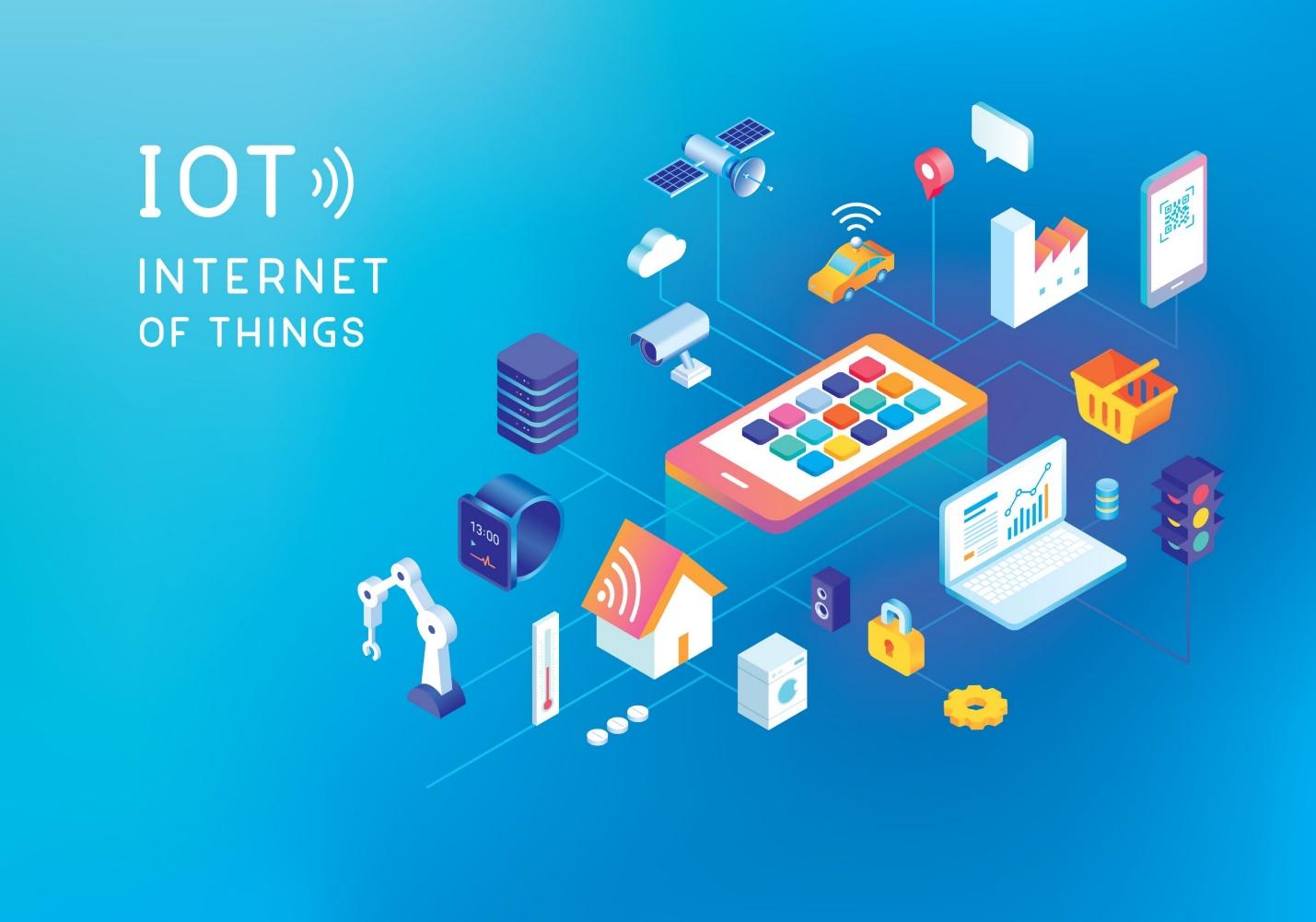Internet of Things (IoT)
The expansion of e-commerce in recent years has made many people bet on the end of physical retail. But that didn’t happen. Traditional stores continue as an important link in the business chain for companies in the sector, representing a significant portion of sales and, mainly, of the relationship work between brands and the public.
On the other hand – and despite these numbers – it is also necessary to admit that new technologies and the rise of new technologies have forced physical stores to change their strategies and structures. With consumers more connected and willing to seek experiences that fully satisfy them and with the retail market more competitive than ever, retail companies are having to move towards the renewal of their service and management environments to efficiently keep up with the demands of the new digital age.
In this scenario, the Internet of Things (IoT) is one of the main transformation pillars available to retailers that is shifting the trend in the e-commerce industry significantly. By allowing the integration and automation of the entire commerce work chain, from pre to post-sales, IoT solutions enable better planning for companies, both to simplify business administration demands and to optimize directly related issues customer service.
Increased usage of IoT devices and technological development within the field are reorganizing customer behaviors, buying patterns, and lifestyles while making IoT technology more adaptive. Today, customer purchasing power and behavior are forming under the impact and influence of IoT solutions such as remote monitoring, predictive maintenance, and hassle-free e-commerce.
In turn, business enterprises are simultaneously revolutionizing the way they do their business, and adjusting to the IoT trends. IoT innovation has brought huge transformations to e-commerce business patterns. Businesses operating in the online environment are compelled to make the e-shopping experience unforgettable. It is expected that by the end of 2023, there would be nearly 3.1 million IoT devices all across the world. In this blog post, we have focused five most important IoT modifications that are impacting the e-commerce industry.
How Do IoT Solutions Enhance e-commerce?
-
Discovering & Experiencing New Shopping Platforms
Modern sellers today are offering their customers a new level of accessibility and experience to online shopping beyond their computers and smartphones. Today, customers only need to touch a single button to purchase whatever they want in few seconds, by using IoT technology. IoT has now become an intermediary between retailers and web developers and delivering an impeccable customer experience.
IoT is not only serving as a search tool, but it is also serving as the medium to buy products. Seeing smart refrigerators in malls all over Japan and China, smart TVs and voice assistance like Siri and Alexa, etc. have become go-to products nowadays. Also, the standard monolithic websites are operating with closely tied front-end and back-end. It is all because of IoT that the eCommerce industry is leveraging different devices and sales channels.
-
Better Client Relationships Are Resulting In Increased E-Commerce Sales
IoT is also playing a great role in relationship building between companies and clients while re-engaging customers to buy more and more from a company. For instance, your company sells a printer with analytical and monitoring features. With in-built sensors, you can identify the service requirements and also send information about how long or how frequently the client uses his printer; when the cartridge will be running out or when it should be replaced, etc. You can get all the information about the users through the signals sent by the printer.
Additionally, the modern printer can also send new orders automatically to the sale point themselves, which means minimal human intervention is needed. Furthermore, the printer can also send the manufacturer to resolve specific issues, while providing suggestions for personalized brand experiences.
-
Logistic Benefits of AI and IoT
Owners of online stores need to assess how unnecessary costs can be avoided and how logistics can be improved. IoT can assist in this area as well while leaving a significant impact on the applications for intelligent transportation. Remote monitoring is one of the leading advantages of using IoT. IoT facilitates in tracking how appropriate transportation conditions are; and how the quality of goods within the containers are changing.
Also, many containers are using GPS systems for determining the course of the vehicle and for optimizing routes. Depending on weather conditions, AI and IoT can automatically correct routes, while ensuring reasonable consumption of food; and preventing any kind of other potential disruptions.
-
Modern Era of Retail Outlets
Online sellers are entering the modern era of bricks & mortar shops while opening up innovative locations for retail. A great example is Amazon, which is an e-commerce giant that has launched three ‘Amazon Go’ outlets located in Seattle and Chicago. The essence of these stores is that all the transactions and purchases are made via mobile applications.
In this way, Amazon has to get rid of queues and checkouts, offering a matchless customer experience. Cameras and sensors attached to supermarket’s shelves help to analyze how many units are left in the inventory. As soon as a customer picks up or buys anything from the shelf, the item starts showing within the in-app virtual shopping cart of the customer.
And, if a customer returns an item, it appears from the cart instantly. Purchases made by customers are debited automatically from their account, as soon as the customer leaves the retail center. The path is expected to be followed by all the smart shops in near future, and soon no or very few staff will be needed to serve at ‘point-of-sale’.
-
Reduced Costs & Effective Inventory Management
Radio Frequency Identification tags (RFID), as well as IoT sensors, are playing a significant role in streamlining the inventory process. IoT sensors display all the important information about the item such as product type, availability, expiry date, etc. without any kind of human interaction.
Thanks to RFIDs and IoT sensors, business entrepreneurs are capable of controlling warehouse temperature for perishable goods; and knowing if any stock item requires replenishment. Also, customers can check the availability too.
For example, in-built sensors in smart refrigerators display shelves’ temperature and produce an instant alert in case the system does not correspond to the standard temperature settings. All these modern technologies are minimizing human errors and risks, while also reducing the number of working hours.
To Sum Up
It is fair enough to say that in the 21st century, the success of both physical and online stores is highly dependent on technology. As online purchases are growing every day, business entrepreneurs and retailers are putting their best to introduce innovative, cost-effective solutions. Benefits offered by IoT in E-Commerce are the most exciting and amazing approaches to attain competitiveness in the market. Also, the opportunities to exploit IoT and its potential benefits are limitless. With more actuators, microchips, and sensors in place, IoT has already started to reshape the e-commerce industry.
Author Bio
Sam Khan is a digital marketer at Code Creators Inc, a SharePoint development company in the USA & Canada which is dealing with software development, Power BI, mobile app, SharePoint Online, Microsoft Teams, IT services, and more. Connect with him on Facebook, Twitter, and Codecreatorsinc.com.






